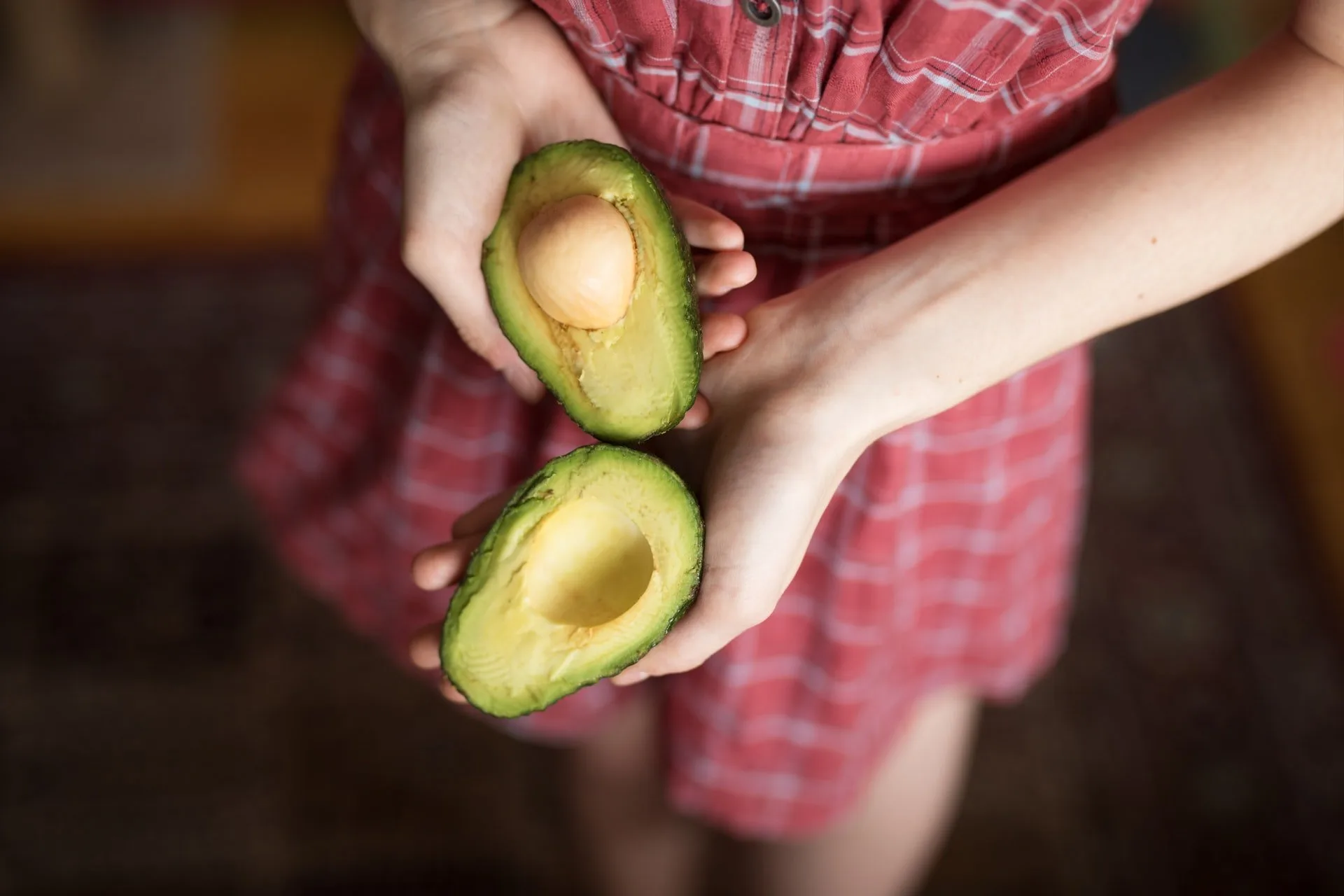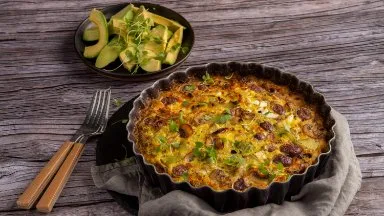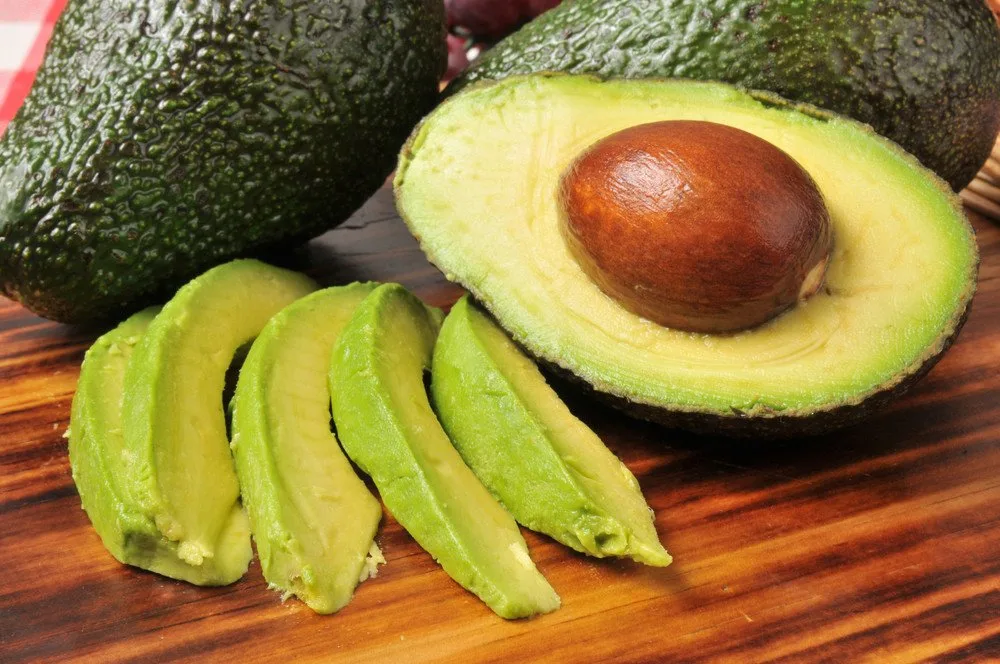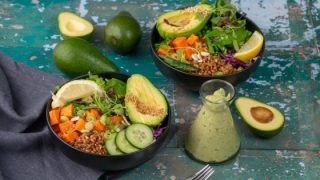When you think of the warm and sunny Mediterranean region, foods like olives, tomatoes, as well as fish and nuts come to mind.
These characteristic eating patterns of countries like Spain, Portugal, and Greece are the key features of the Mediterranean diet. The Mediterranean diet is not a diet per se, but rather describes a style or pattern of eating. It encourages more whole foods like fruit, vegetables, whole grains, healthy fats like nuts and olive oil, moderate intakes of fish (especially fatty fish), chicken, wine and dairy, and little red meat, as well as processed foods and refined grains.
Mediterranean Magic
Unlike other fad diets, the Mediterranean diet is about good old fashioned, simple whole food and does not require you to cut out food groups. The sustainability and ease of this way of eating is part of why it is so highly recommended by doctors and dietitians. The Mediterranean diet is also praised for its health benefits such as the lowered risk of diabetes, heart disease, as well as breast and colorectal cancer, and even ADHD in children and teens. And it’s good news for those watching the scale: people who follow this diet may be twice as likely to maintain their weight.
Avocados as a Part of the Mediterranean Diet

A standout nutritional feature of the Mediterranean diet is that it is rich in heart-healthy monounsaturated fats from olives and olive oil. Another food that also meets this nutritional criterion is the popular avocado. While not traditionally included in a Mediterranean diet, avocados, like olive oil, are also high in monounsaturated fats.
In addition, avocados are a source of fibre, which we also find in fruit, vegetables, wholegrains (e.g. whole-wheat bread, couscous as well as pasta, corn, oats, bran) and legumes (e.g. beans, chickpeas, lentils) – all firm favourites on the Mediterranean diet. In fact, per serving, avocados contain less energy but more fibre, potassium, and folate than olive oil.
Healthy, easy recipes
It’s easy to include avocado as part of a Mediterranean diet. That said, try these mouth-watering recipes to include avocado as part of your Mediterranean day, courtesy of the South African Avocados Growers’ Association.
MEAL IN A BOWL – AVOCADO, QUINOA AND CHICKPEA WARM “SALAD”
Preparation Time: 20 minutes
Serves 4

INGREDIENTS:
- 4 ripe avocados, peeled and halved
- 1 cup quinoa
- 1 x 410g tin chickpeas, drained
- ½ cup mixed sprouts
- Flat leaf parsley or micro herbs to serve
- Black sesame seeds to garnish (optional)
- Salt and pepper for seasoning
METHOD:
- Cook the quinoa by placing 1 cup quinoa in a pot with 2 cups water. Bring it to the boil, reduce heat to a simmer, cover and cook for 12 minutes until water is evaporated. Fluff with a fork and the grains should be swollen and glassy.
- Cut 4 of the avocado halves into cubes, keeping the other 4 halves for serving.
- Toss all the ingredients together and season with sea salt and black pepper.
Serve warm garnished with parsley or micro herbs and half an avocado in each bowl. Serve with lemon wedges and avocado oil.
AVOCADO & SWEET POTATO, BROWN RICE BUDDHA BOWL
Ingredients
- 2 cups orange sweet potato or butternut, cubed and cooked
- 1 small cucumber, very thinly sliced
- 2 cups brown rice/barley/spelt, cooked
- Thinly sliced spring onion
- 2 cups frozen shelled edamame beans, or fresh peas, blanched
- Lemon wedges
- 2 cups trimmed and roughly chopped sugar snap peas or thinly sliced broccoli florets
- Sesame seeds
- 2 cups chopped red cabbage, spinach, lettuce, or kale (ribs removed)
- 2 ripe avocados, halved, pitted and thinly sliced into long strips
 Ingredients for dressing
Ingredients for dressing
- 1 ripe avocado, peeled and stoned
- 4 tablespoons tahini
- Juice and zest of 1 lemon
Method
- Divide the rice/veggie mixture and raw veggies into 4 bowls. Arrange cucumber slices around the edge of the bowl. Place a lemon wedge or 2 in each bowl. Garnish with sesame seeds and micro herbs.
- When you’re ready to serve, divide the avocado into the bowls. Lightly drizzle with the dressing, and squeeze lemon juice over the avocado. You should follow this with a generous sprinkle of sesame seeds and sea salt.
Method for the dressing
- Whizz all ingredients together in a blender. You are welcome to add a couple of tablespoons of cold water if necessary to reach a pouring consistency.

AVOCADO FRITTATA WITH SUNDRIED TOMATOES, FETA & OLIVES
Preparation Time: 40 minutes
Serves: 4
INGREDIENTS
- ½ cup chopped spring onions
- 2-3 teaspoons avocado oil
- 100g button mushrooms, sliced
- 6 large eggs
- 125 ml milk
- ½ teaspoon dried mixed herbs
- Pinch of sea salt
- 1 avocado, diced
- 2 teaspoons lemon juice
- 100 g crumbled feta cheese
- ⅓ cup chopped black olives
- ½ cup chopped sundried tomatoes in oil, drained
- Extra avocado slices to serve.
PREPARATION
- Heat the oven to 180º C.
- In a non-stick pan with an ovenproof handle sauté the onions in the oil until soft. Do this for about 5 minutes and then add the button mushrooms, sauté for a further 5 minutes.
- Remove the pan from the heat.
- Beat together the eggs, milk, mixed herbs and salt.
- Gently toss the avocado with lemon juice.
- When the oven is hot, evenly scatter the avocado, feta cheese, olives and
sundried tomatoes over the sautéed onion and mushrooms. - Pour egg mixture into the pan taking care not to disturb the other ingredients.
- Bake for about 20 minutes, or until the frittata is set firm and the top lightly browned. The frittata should be set with a slight wobble in the centre.
- To serve cut into wedges and serve with avocado slices, a rocket leaf salad and crusty bread.



 Ingredients for dressing
Ingredients for dressing

![women [longevity live]](https://longevitylive.com/wp-content/uploads/2020/01/photo-of-women-walking-down-the-street-1116984-100x100.jpg)










